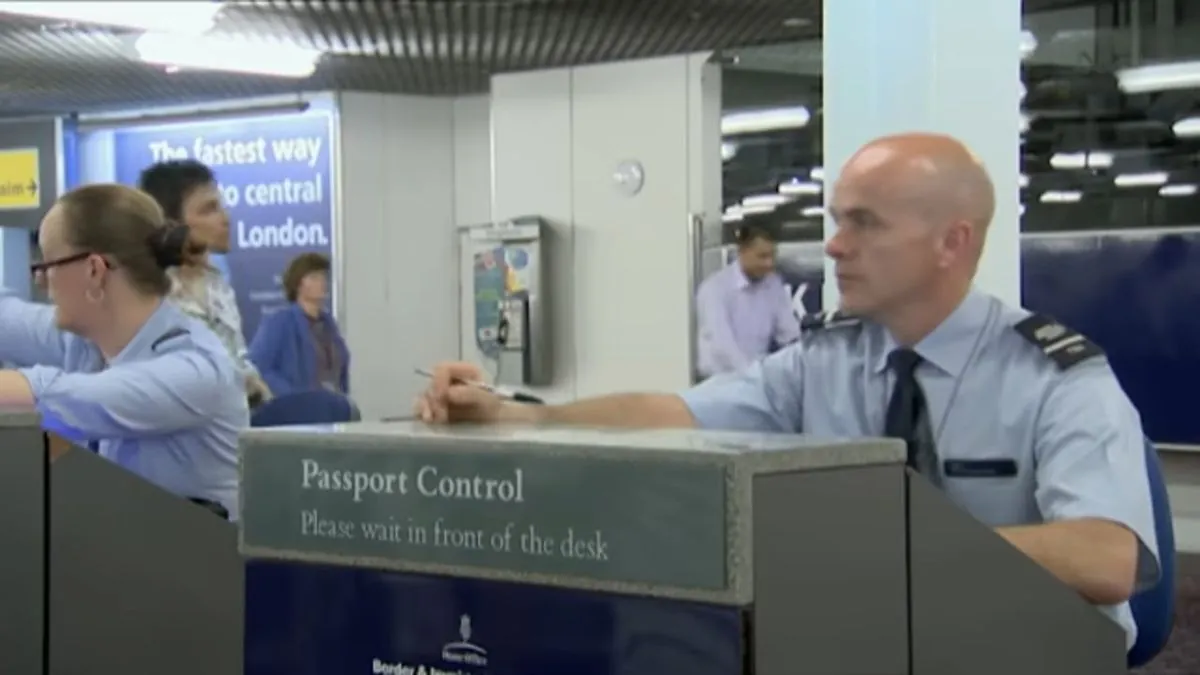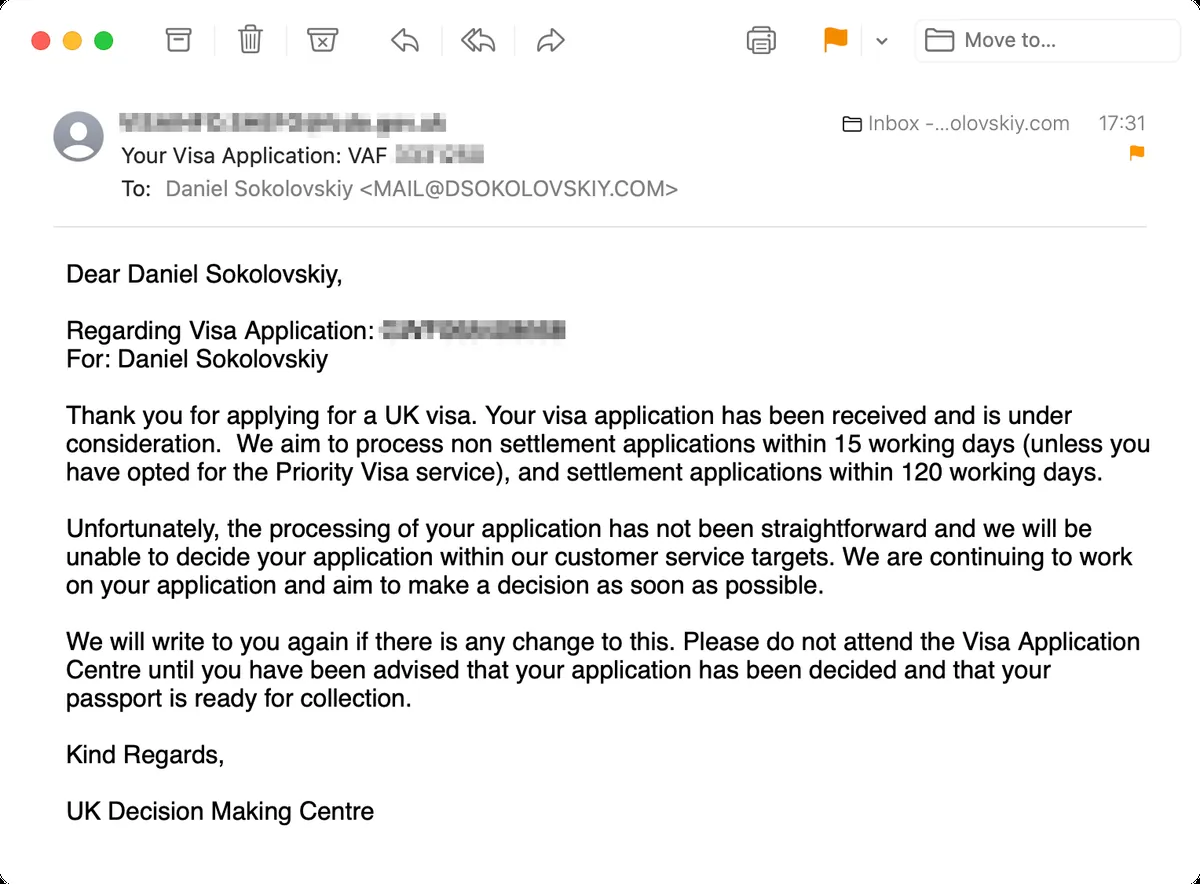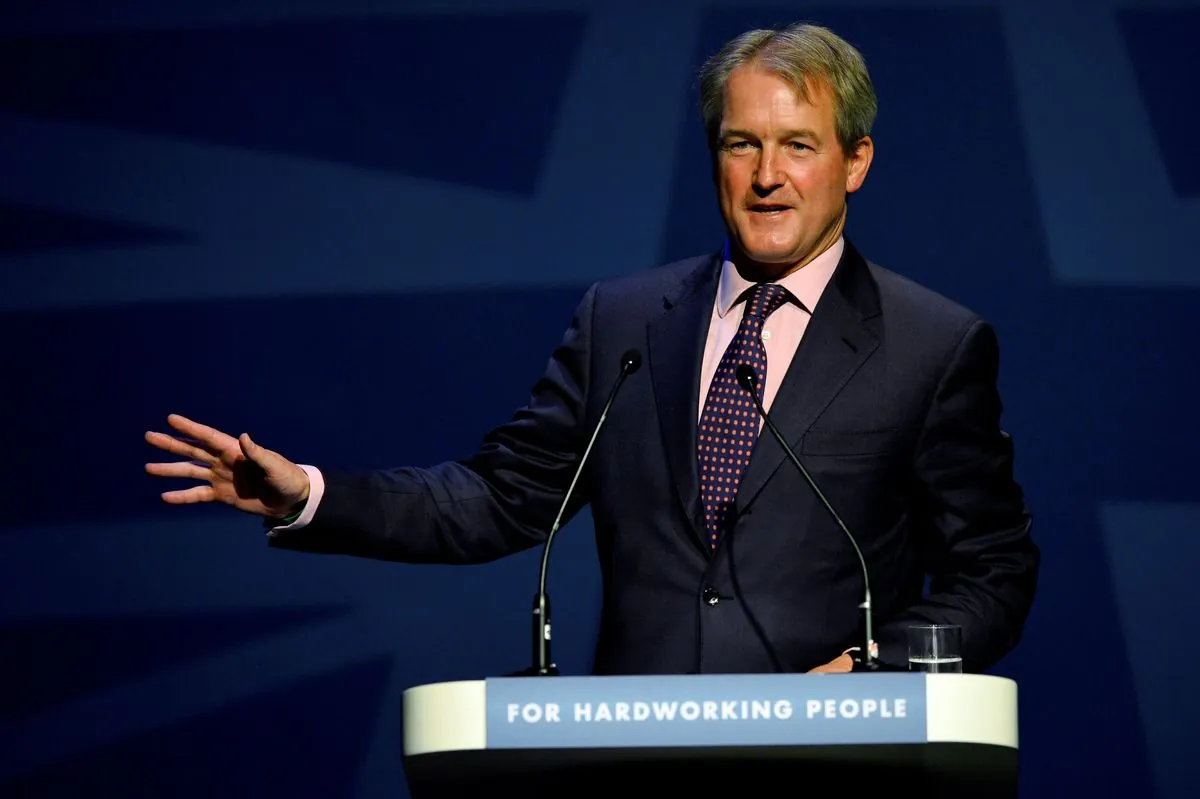Labour's New Border Measures: A Drop in the Ocean of UK Immigration Challenges
Labour announces new border security measures, aiming to increase deportations and expand detention capacity. However, data suggests these efforts may fall short in addressing the scale of the UK's immigration issues.

Yvette Cooper, Labour's Home Secretary, has unveiled a series of measures aimed at enhancing the UK's border security and addressing illegal immigration. These initiatives include increasing deportations, reopening closed detention centers, and employing additional caseworkers to locate individuals residing in the country without proper authorization.
While the government portrays these actions as a significant boost to immigration enforcement, a closer examination of the data reveals that they may have limited impact on the overall situation.
In the 12 months leading up to March 2024, the number of asylum applications that were either refused or withdrawn reached 68,564, marking a threefold increase from the previous year and the highest figure since 2003. This surge in cases potentially requiring removal action highlights the scale of the challenge facing the Home Office.
Cooper's goal of returning to 2018 removal levels would only address a fraction of the current caseload. The target of surpassing the recent six-month high of 14,703 removals set between October 2023 and March 2024 falls significantly short of historical peaks. For context, in early 2012, the UK achieved 24,503 removals over a six-month period, nearly double the current objective.
"If we look at enforced removals, last year there were 6,000 and in 2018 there were 9,000 – so this would require 3,000 more, a 50 per cent increase, which sounds achievable."
However, Dr. Walsh noted that even this target is not particularly ambitious when viewed in a historical context. In 2004, under the Labour government, there were 21,425 enforced removals, more than double the current plan.

Regarding Channel crossings, Labour sources claim progress, citing fewer arrivals in the six weeks following the election compared to previous years. However, a comprehensive analysis of Home Office data paints a more complex picture. While the total of 5,000 migrants crossing from July 5 to August 15, 2024, was indeed lower than the same period in 2023 and 2022, a week-by-week comparison shows mixed results, with some weeks experiencing higher numbers than the previous year.
The government's plan to expand detention capacity includes reopening former immigration removal centers at Campsfield and Haslar, adding 290 spaces. This increase, however, appears modest when compared to historical figures. As of March 31, 2024, 1,913 individuals were in immigration detention centers across the UK, a 20% increase from the previous year but still significantly lower than the 3,462 people detained on December 31, 2014.
The scale of the challenge is further illustrated by recent arrivals. On August 19, 2024, 200 people reached the UK via small boats, with nearly 750 arriving in the week prior. The total number of Channel crossings for the year has now exceeded 20,000, underscoring the ongoing nature of the issue.
In conclusion, while Labour's new measures represent an effort to address immigration challenges, the data suggests that they may be insufficient to significantly alter the current landscape. The UK's immigration system, established by the 1951 Refugee Convention and evolving through various acts and policies over the years, continues to face complex and multifaceted challenges that require comprehensive and long-term solutions.


































